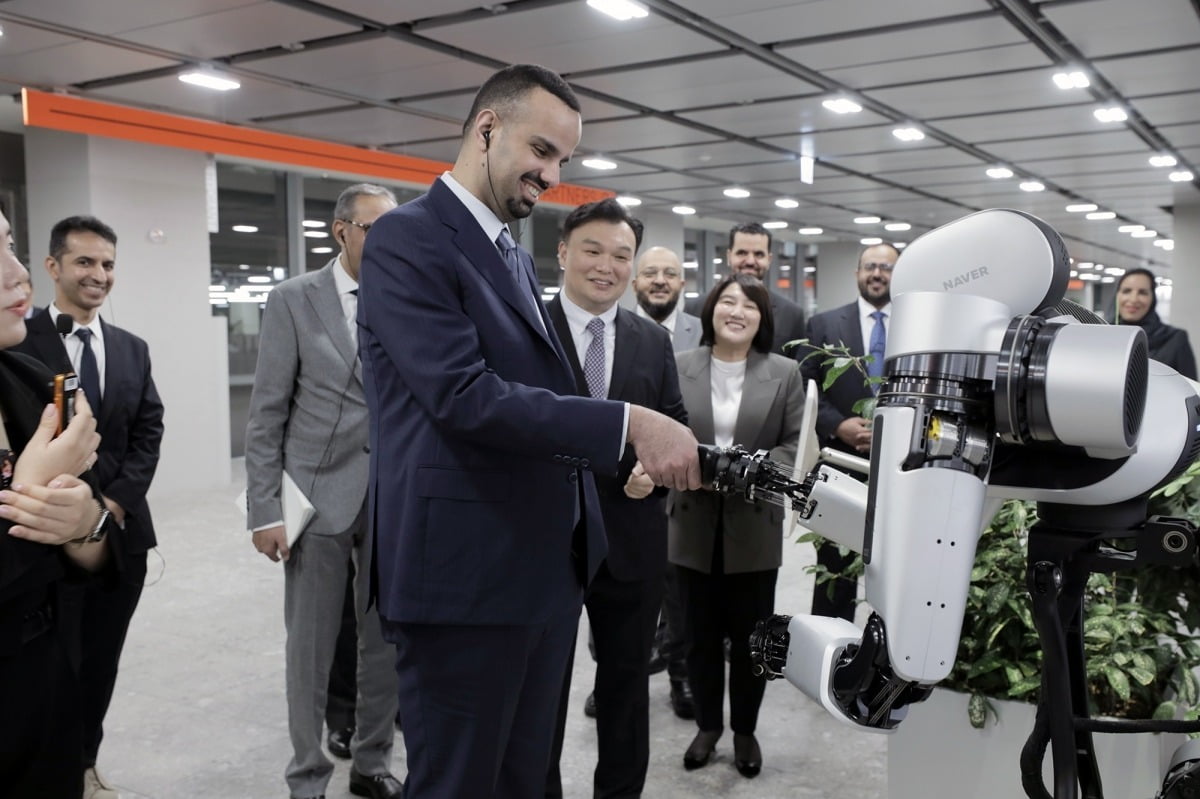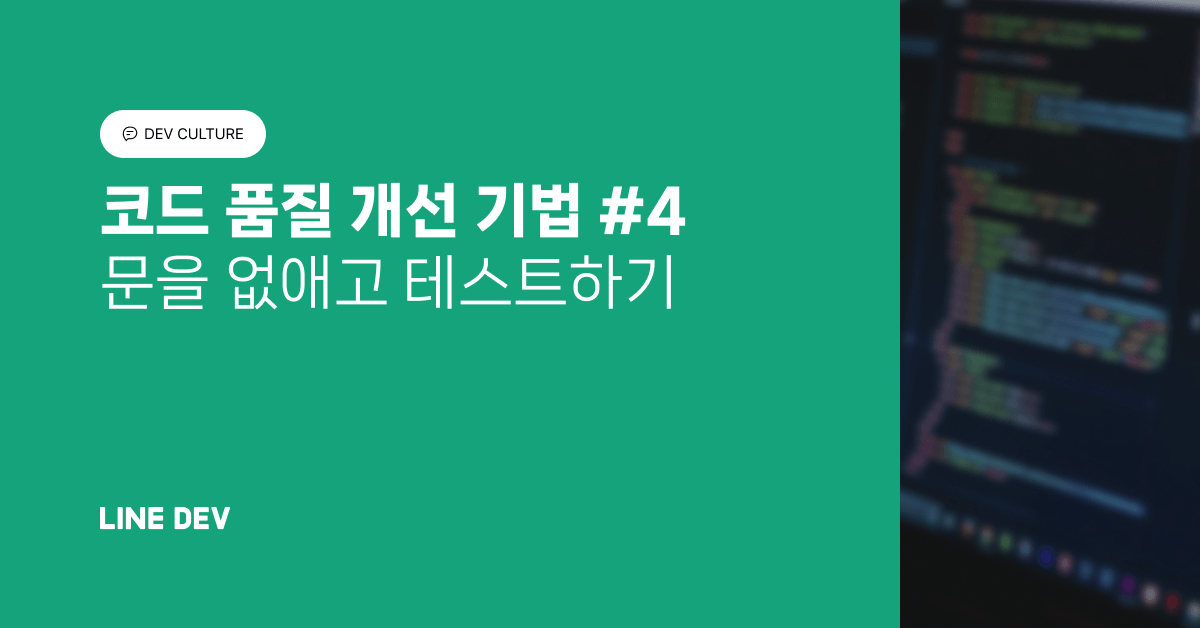This document provides an overview of several key aspects of SAP Controlling (CO), aiming to enhance the productivity of an SAP Controlling implementation. It covers topics such as synchronizing FI, CO, and MM periods, automating WIP, variance, and settlement, optimizing cost allocation methods, troubleshooting product costing messages, evaluating cost objects, and utilizing material status. SAP Controlling (CO) is an SAP module used for internal accounting, planning, and reporting to provide management with the information they need to make informed decisions.
Key topics covered in the document:
- Synchronize FI, CO, MM Periods: Ensuring that the Financial Accounting (FI), Controlling (CO), and Materials Management (MM) periods are synchronized is crucial for an accurate month-end close. This involves managing period locks in each module (MMPV for MM, OB52 for FI, and OKP1 for CO) to control postings and prevent errors.
- Automate WIP, Variance, Settlement: Automating the calculation of Work-in-Process (WIP), variance analysis, and settlement processes can improve efficiency. The transactions KKAO/KKAQ/KKAX/KKAY are used for WIP, KKS1/KKS2 for variance, and CO88/KO88 for settlement. These processes involve calculating costs, posting entries, and managing financial postings.
- Optimize Cost Allocation Methods: Cost allocation methods, such as distribution and assessment, are used to transfer costs from service departments to production departments. Optimizing these cycles involves selecting the appropriate database selection method and using parallel processing to improve performance, guided by SAP Note 1751885.
- Troubleshoot Product Costing Messages: Accurate costing is essential, and troubleshooting product costing messages (identified by unique message numbers like CK 240) is critical for resolving errors. This involves analyzing message types (Error, Warning, Information), identifying root causes, and applying necessary corrections.
- Evaluate the Right Cost Object For You: Selecting the appropriate cost object (e.g., production order, process order, cost center) depends on the specific manufacturing environment and requirements. Different cost objects have different prerequisites, order types, and transaction codes.
- Utilize Material Status: Material status controls how a material is handled in various business processes, such as procurement, MRP, and costing. Material status settings, defined in transaction OMS4, determine which transactions are allowed or disallowed, providing control over logistics transactions.
By focusing on these critical areas and leveraging the appropriate SAP functionalities, you can significantly enhance the efficiency and accuracy of controlling processes.
Download – Maximize Your SAP Controlling Implementation: Tips from Experts









![[글로벌 이슈/김상운]반세기 만에 재현된 韓日 ‘안보 협력’](https://dimg.donga.com/wps/NEWS/IMAGE/2025/02/12/131021108.1.jpg)






 English (US) ·
English (US) ·